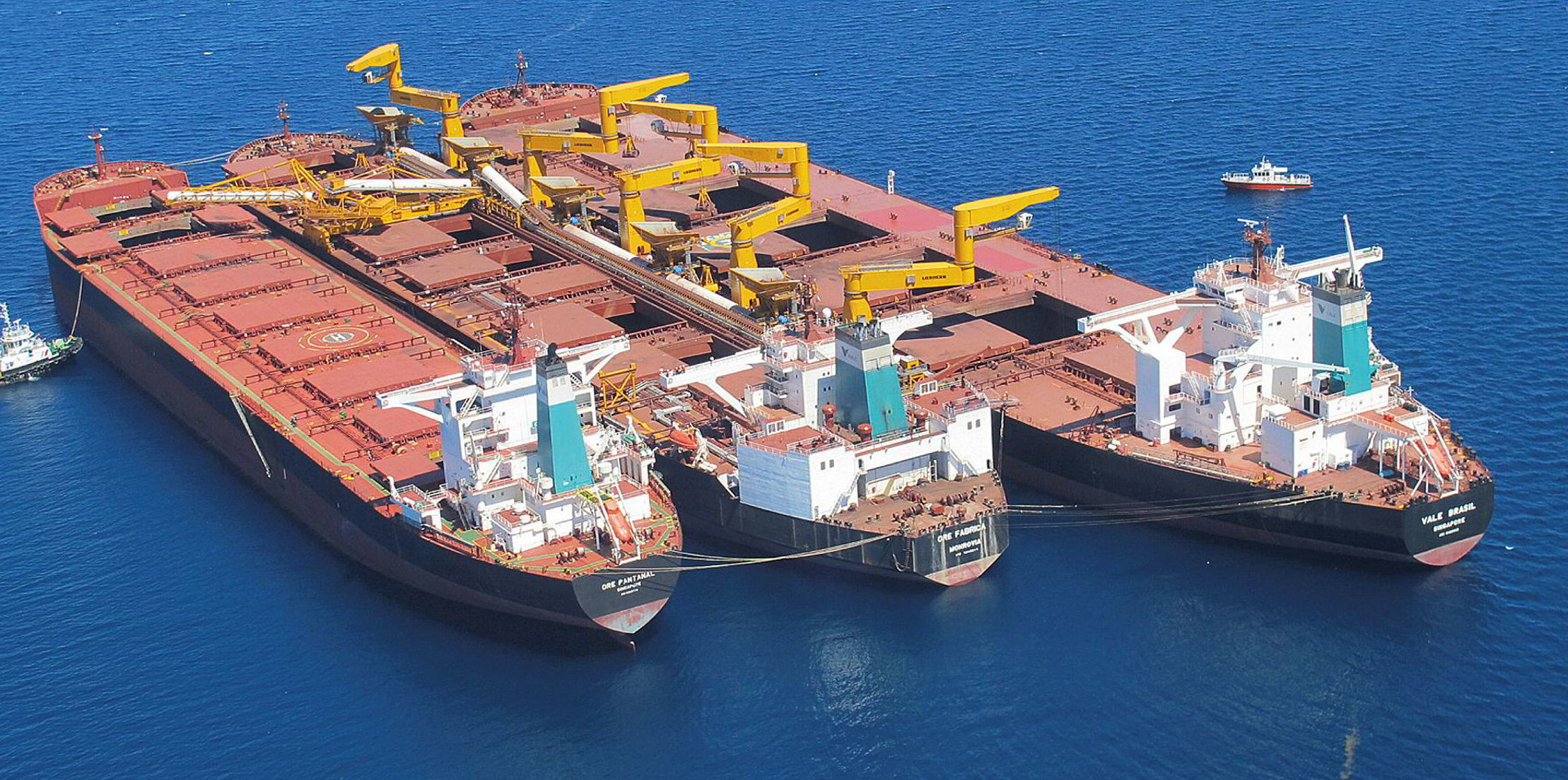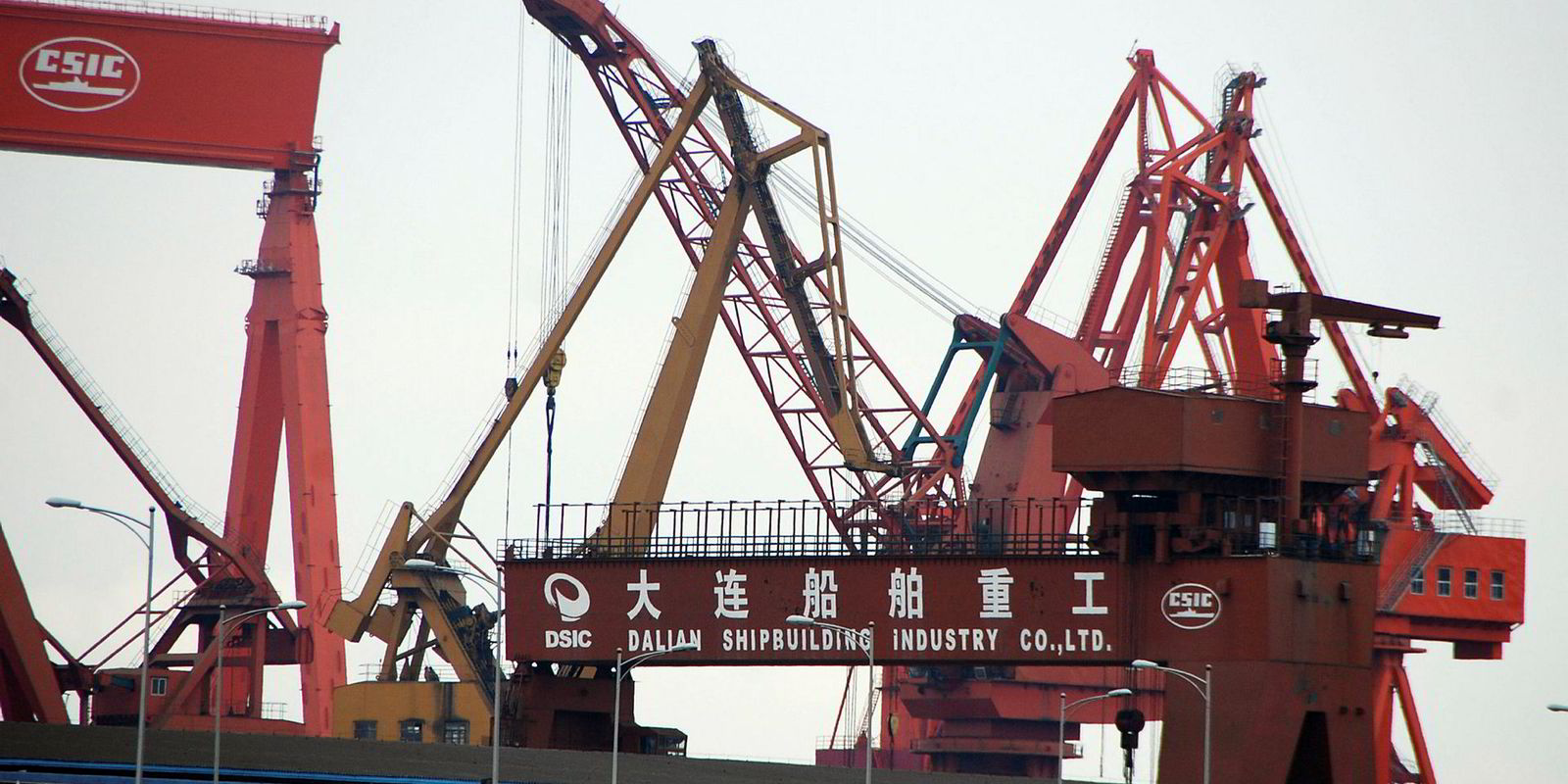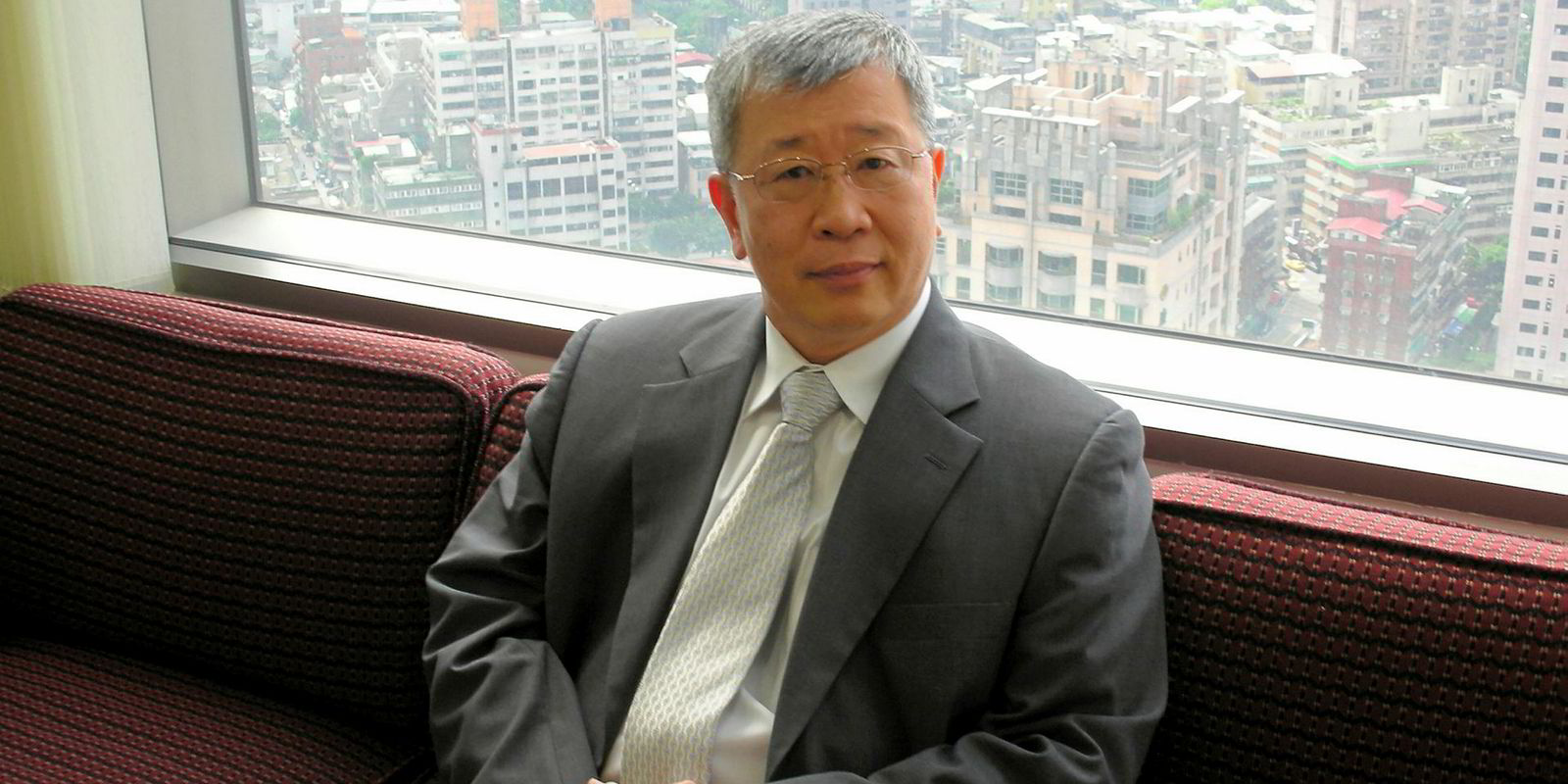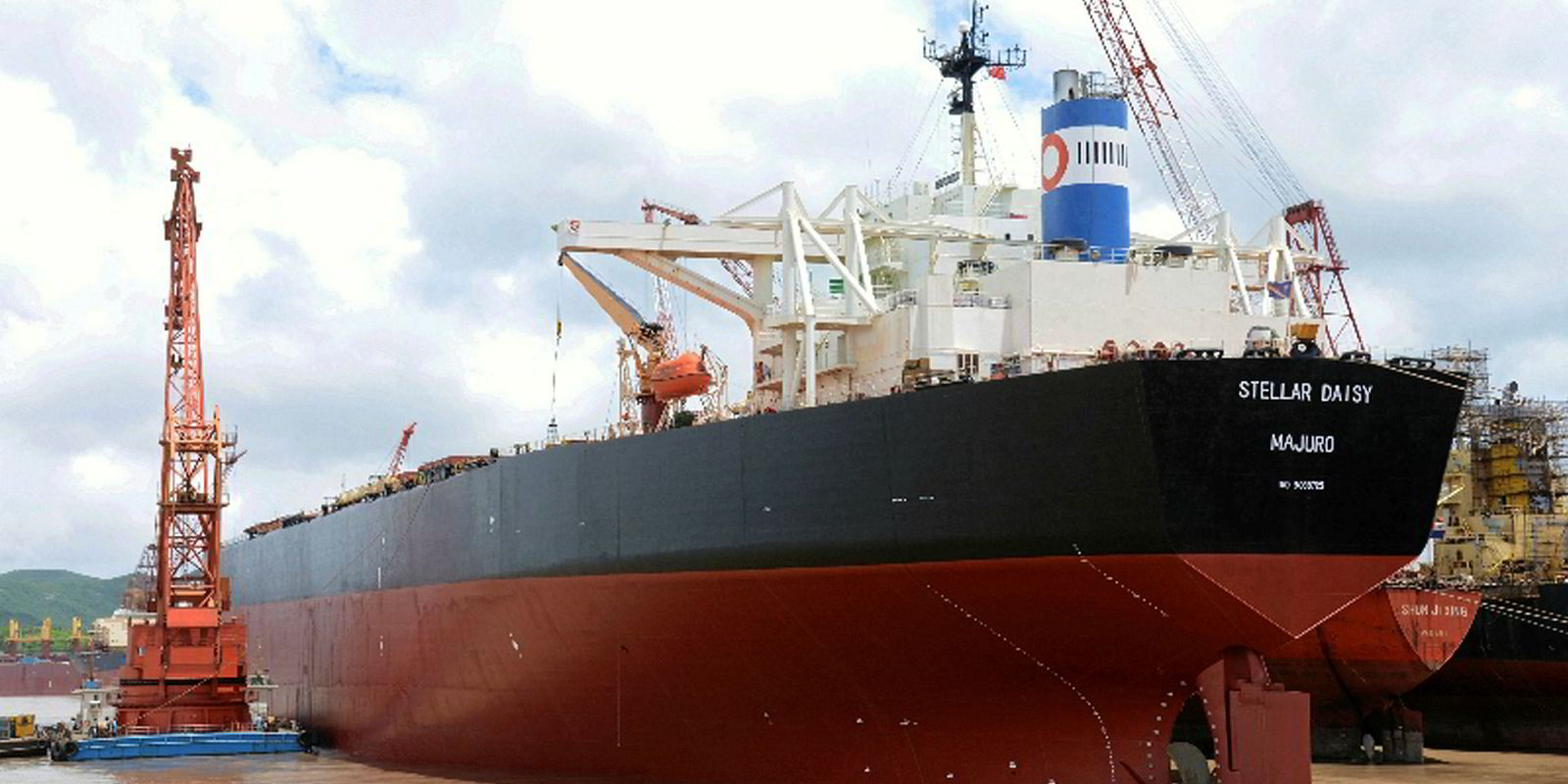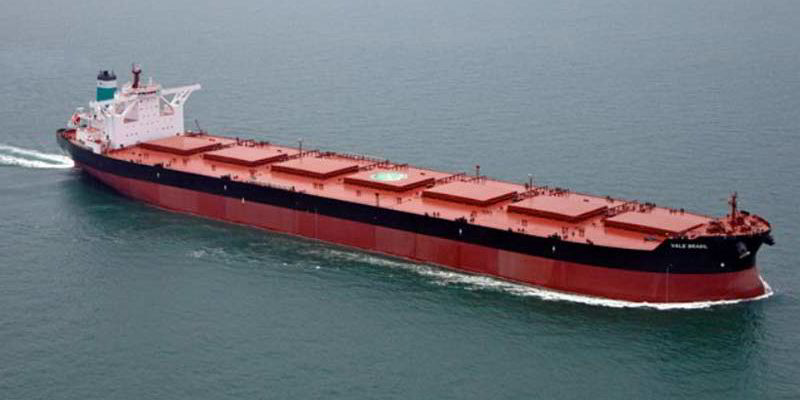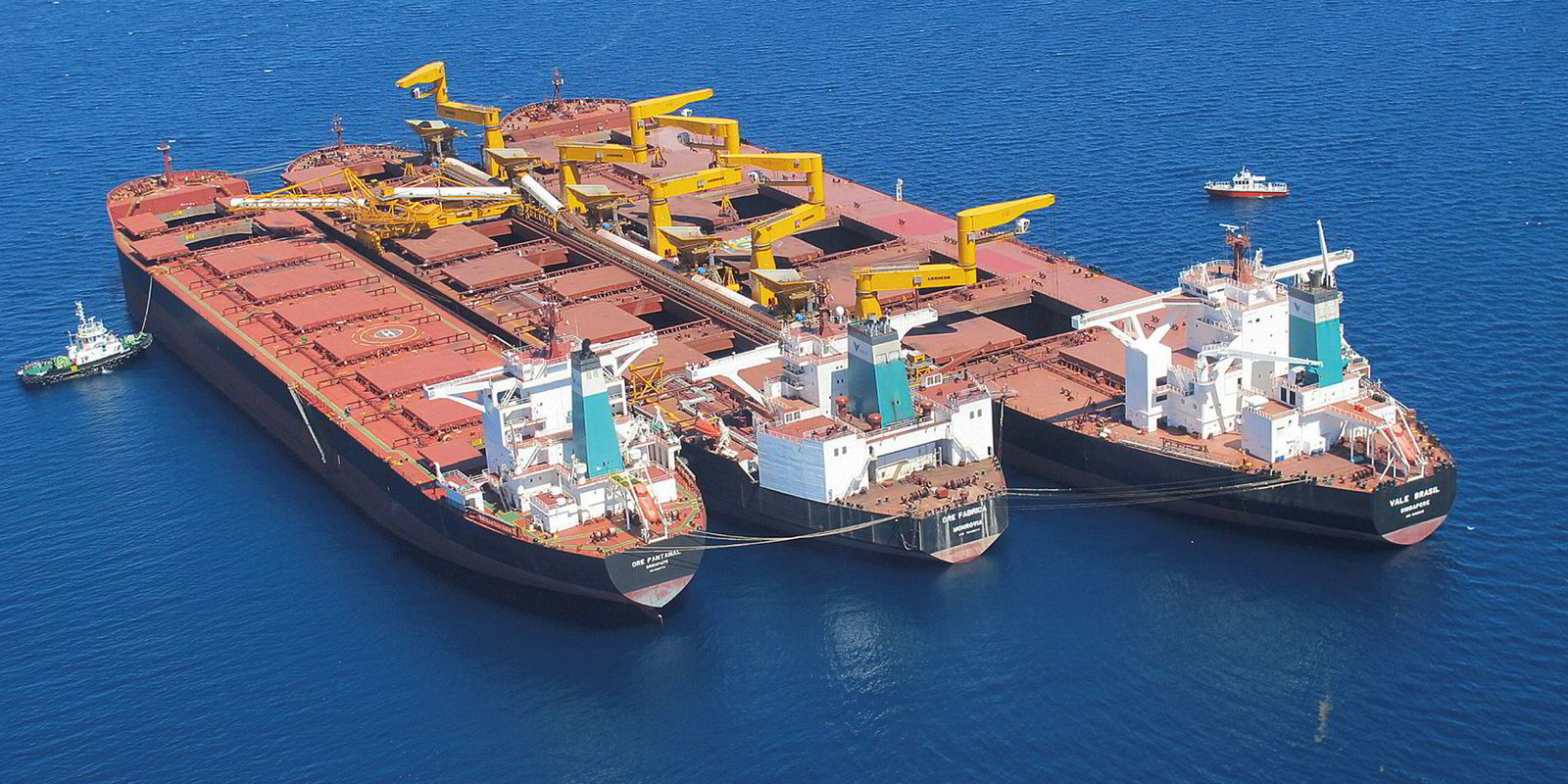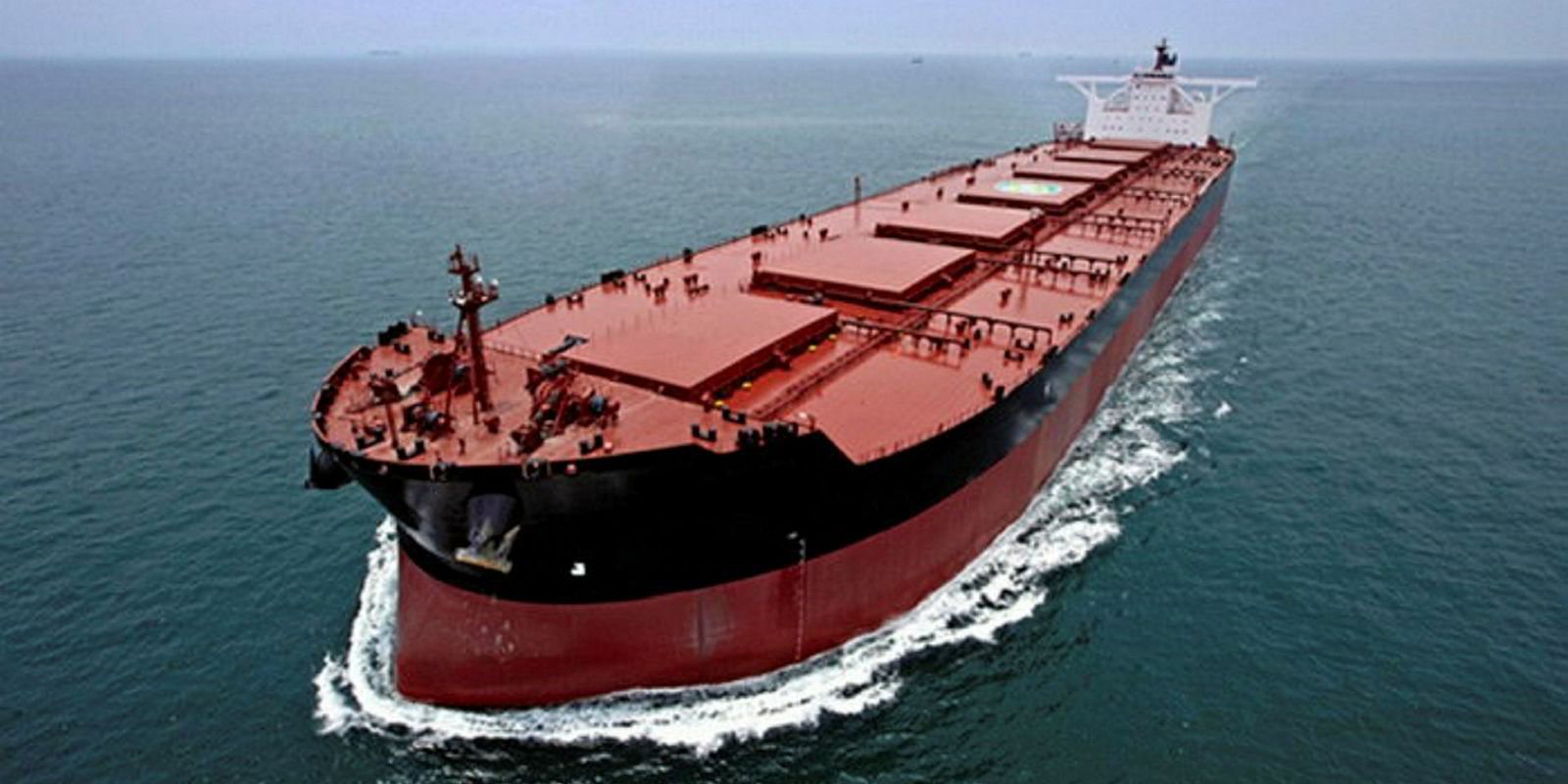Vale has opted for scrubbers on all of its third generation newbuildings, it confirmed upon revealing more details of the vast project alongside its stellar second quarter accounts.
The Brazilian mining giant may also be ready to retrofit scrubbers on its first and second generation Valemaxes, a fleet of 67 ships, amid the belief new emissions laws will bring a structural shift in the market, executives suggested.
However, with its latest newbuildings, it is adding further optionality while they are still in the shipyard.
All 48 bulkers are also required to be LNG ready, according to details released with its second quarter accounts.
Building on green credentials
The first generation Valemax fleet of 35 ships, amassed between 2011 to 2017, emit 35% less greenhouse gas than a standard capesize.
A second generation of 32 vessels will be delivered by the end of next year and boast 41% lower emissions than the standard cape, according to the miner.
This year a third round of 48 bulkers, of which 47 are 325,000-dwt guaibamax vessels, were contracted by third-party shipowners against COAs to Vale.
Vale said in its second quarter literature the freight rates on the new ships were $5 per tonne lower than for the previous vessels.
New milestone
It described the series as an “important milestone in the implementation of our strategy to offset the effects of our geographical position on freight rates.
“Additionally, recent shipbuilding market conditions led to competitive prices for the vessels and, consequently, lower freight rates,” it said.
The vessels, being built in China, South Korea and Japan for delivery between 2019 and 2023, have similar engines to the second generation Valemaxes, the company said in its second quarter results briefing.
“These new contracts also establish that shipments must be made by LNG ready vessels, equipped with scrubbers, granting further optionality to comply with future regulations,” Vale said.
Retrofits in the works
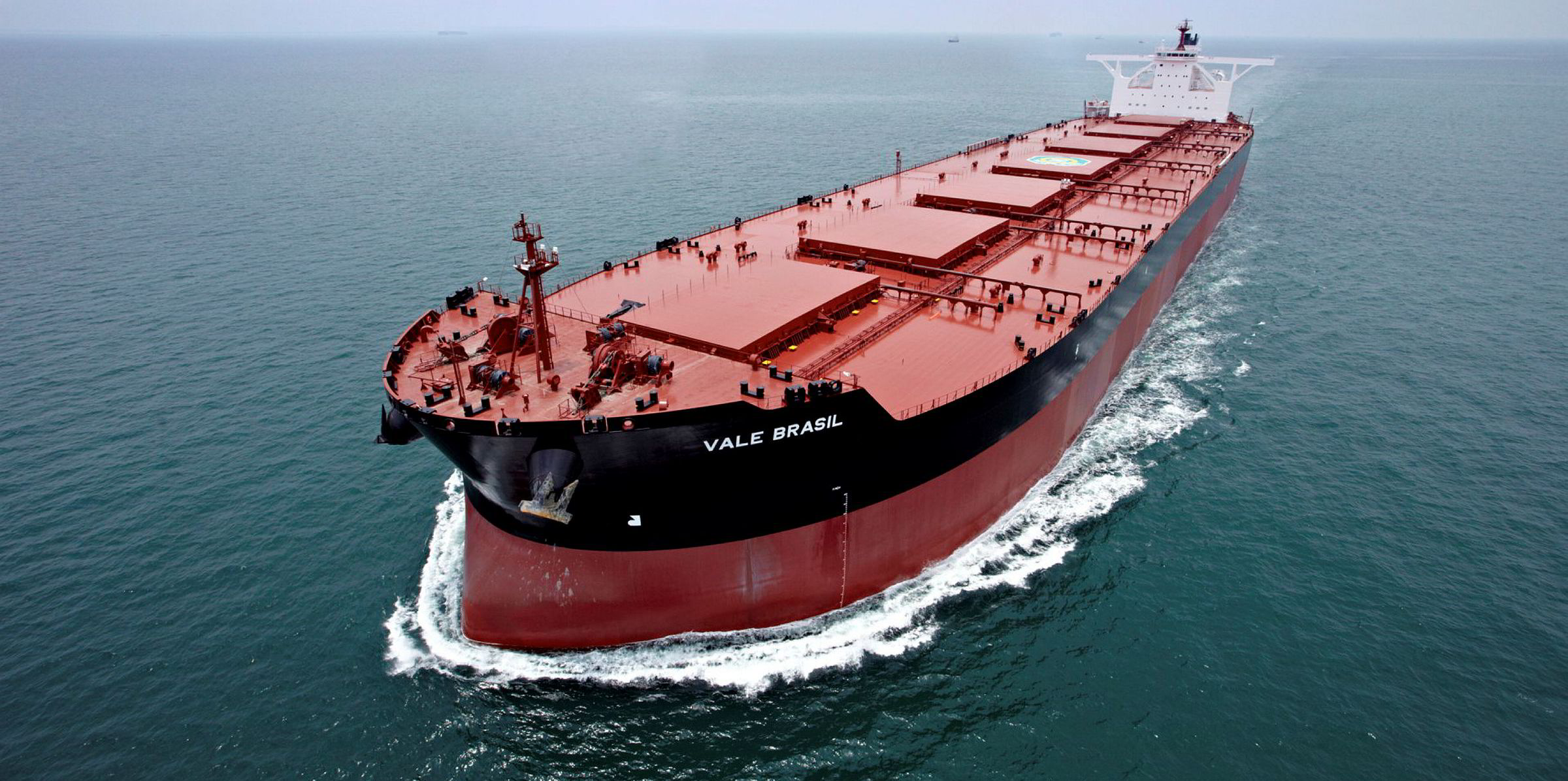
Peter Poppinga, ferrous minerals executive director at Vale, said on the company’s second quarter earnings call the IMO sulphur emissions laws arriving in January 2020 marked a structural shift.
He suggested that scrubbers could also be fitted on other ships in the company’s fleet.
“Vale's action plan is to progressively install scrubbers in order to progressively depend less on the low sulphur oil, because we don't know how fast the refineries will react to this new demand,” he said.
He said the scrubbers would help compensate for the spread between the price of low sulphur and conventional marine fuels.
“If, of course, the refineries react and the spread narrows, then we will be much better off,” he said on the earnings call.
Poppinga says the guaibamaxes will, in some cases, replace older ships in the fleet including capesizes.
“These are very large ore carriers, and they come on top of the existing fleet,” he added.
Vale revealed the details after reporting a strong set of quarterly results last week, which included a $2bn dividend on the back of its best quarterly cash flow for a decade.
With debt being sliced and a $1bn share buyback also introduced, chief financial officer Luciano Siani Pires said: “This is the dawn of a new era for the company.”
